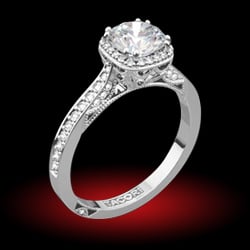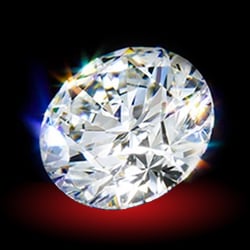MagnusMagnus
Rough_Rock
- Joined
- Dec 3, 2024
- Messages
- 1
Hello all,
I have just bought this ring at auction and interested to try and figure out when it may have been made. 18ct yellow gold ring. Stone listed as Old European Diamond, 1.38ct, Colour J, SI2 (estimated), extra thick girdle.
Only stamp indicates 18ct gold. Would be very grateful for any thoughts or input. I'm based in Australia.
I have just bought this ring at auction and interested to try and figure out when it may have been made. 18ct yellow gold ring. Stone listed as Old European Diamond, 1.38ct, Colour J, SI2 (estimated), extra thick girdle.
Only stamp indicates 18ct gold. Would be very grateful for any thoughts or input. I'm based in Australia.










300x240.png)